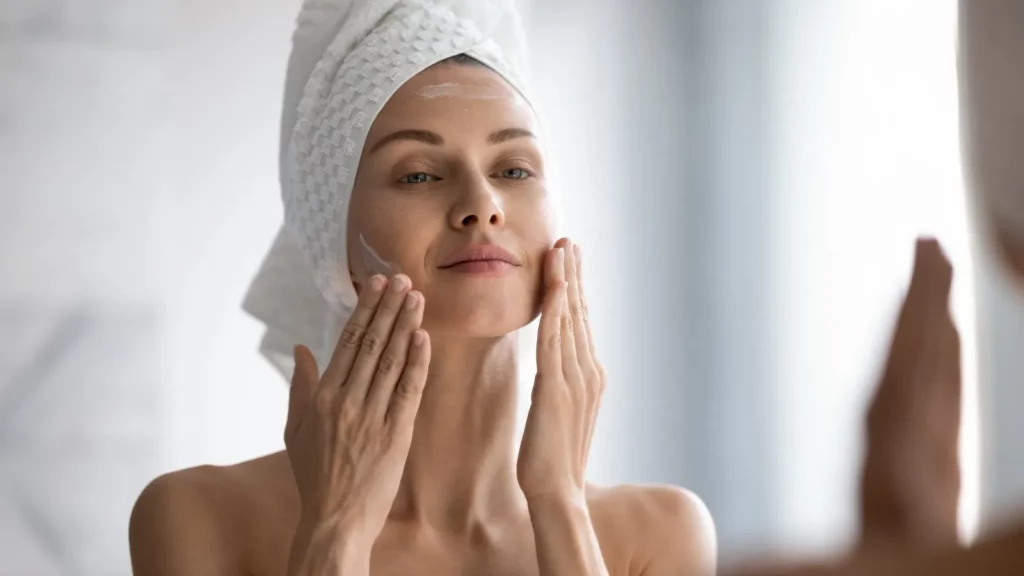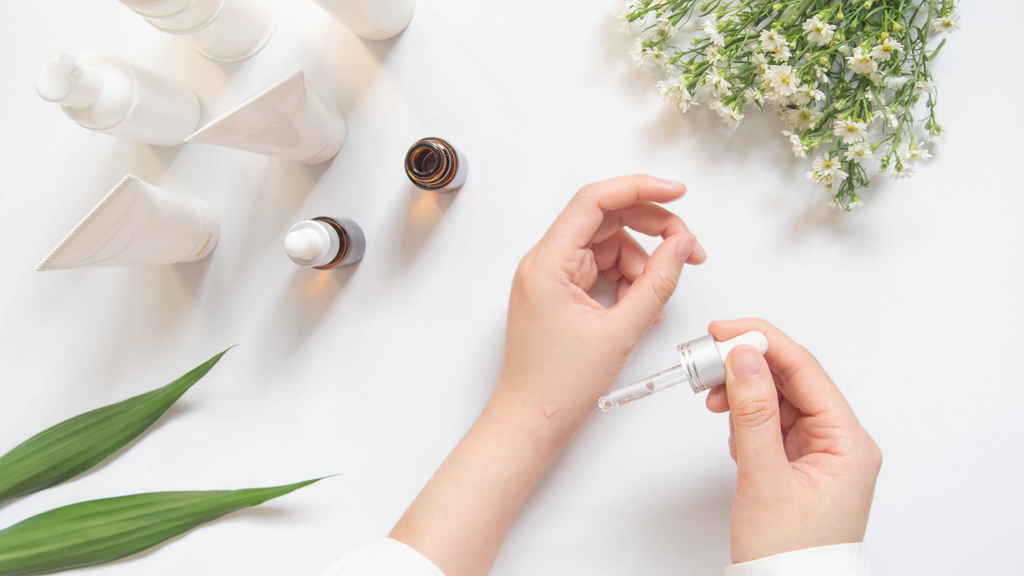Your Quick Guide to Efficacy Testing for Cosmetic Products


Efficacy testing is more important in the cosmetic industry than almost any other. It doesn’t just ensure that a product works. It also validates the promises made to consumers.
When you’re marketing a cosmetic product and make claims like “reduces fine lines” or “intense hydration,” it’s efficacy testing that provides the evidence behind these statements. As a brand, efficacy testing builds trust, assures quality, and sets the foundation for transparent communication with consumers.
So, let’s give you a quick guide to bring you up to speed on how it works in the cosmetics industry.
Often hailed as the gold standard in efficacy testing, clinical trials are comprehensive and conducted by dermatologists on human subjects. While they provide in-depth analysis and are highly reliable, they come with a hefty price tag. The extensive duration and resources required can make them a costly option for many brands.
Consumer testing involves real users providing feedback on products. It’s not just about how effective a product is, but also how it feels, smells, and integrates into daily routines. Attributes such as texture, scent, and absorption are evaluated, giving brands a holistic view of consumer experience. It’s often a more affordable and practical approach, especially for brands looking to make claims based on real-world user perspectives.
Lab tests offer precise and objective measurements of ingredient and formula performance. They often test for attributes like irritation and UV protection, but they don’t provide any insights beyond the measurements returned.

When browsing the beauty aisles or shopping online, you’ve likely come across a myriad of claims made by cosmetic brands. But what do these claims really mean, and how are they tested?
Let’s delve into some of the most common ones:
Anti-ageing: This is all about turning back the clock. Brands claim to reduce the appearance of fine lines, wrinkles, and improvements in skin tone. Some even promise to boost collagen production, giving skin that youthful bounce.
Acne-fighting: For those battling breakouts, acne-fighting products are a godsend. They claim to reduce breakouts, control oil, and promote exfoliation, leading to clearer skin over time.
Moisturising: Hydration is key to healthy skin. Moisturising products aim to increase hydration levels, reduce transepidermal water loss, and strengthen the skin’s barrier function, ensuring it stays soft and supple.
SPF/UV Protection: With the increasing awareness of sun damage, SPF and UV protection claims are more prevalent than ever. These products are designed to absorb harmful UV rays and prevent sun damage, keeping skin safe and reducing the risk of premature ageing.
Sensitive Skin: For those with delicate skin, products that reduce irritation, redness, and inflammation are crucial. Brands cater to this need by formulating products that soothe and calm the skin, ensuring minimal reactions.
Other Claims: The beauty industry is vast, and so are the claims made. From lifting and firming to enhancing brightness and elasticity, brands are constantly innovating to meet the diverse needs of their consumers. Whatever the claim, brands need to ensure they produce the evidence to back up these promises, building trust and loyalty among their customers.

Navigating the world of cosmetic product claims can be a minefield. It’s not just about getting results; it’s about understanding and communicating them effectively to your audience. Here’s a guide to help you understand what goes into creating impactful and influential product claims.
Before you shout about your product’s benefits from the rooftops, you must ensure that your findings are statistically significant. This means the results aren’t just a fluke but can be confidently attributed to your product.
For example, if 90% of users claim your moisturiser “made them feel younger” over a significant sample size (over 100 is ideal), that’s a result worth noting and promoting.
Once you have your results, it’s tempting to make bold claims. However, it’s essential to ensure that your marketing messages are transparent and legally compliant. Avoid exaggerations and ensure that what you’re saying aligns with the evidence.
Remember, consumers value honesty and transparency, and you want to stay on the right side of the Advertising Standards Authority (ASA).
The beauty industry is ever-evolving, with new ingredients and formulations constantly emerging.
As such, it’s vital to continue testing your products, especially when introducing new formulations. This ensures that you’re consistently delivering on your promises and maintaining the trust of your loyal customers with evidence-backed product claims.

Efficacy testing is not just a box to tick. It’s a crucial step in building consumer trust and ensuring your cosmetic products deliver on their promises. While clinical trials and lab tests offer a high degree of objectivity, they can be costly and may not fully capture the real-world consumer experience.
At WSS, we specialise in consumer research that provides valuable insights into how your product performs in the hands of real users. Our approach to efficacy testing balances clinical rigour with consumer perspectives, giving you a holistic view of your product’s efficacy.
Ready to take the next step? Visit our efficacy testing services page to learn more about how we can help you validate your product claims and build a stronger brand. Alternatively, you can contact us to discuss your upcoming efficacy testing project.